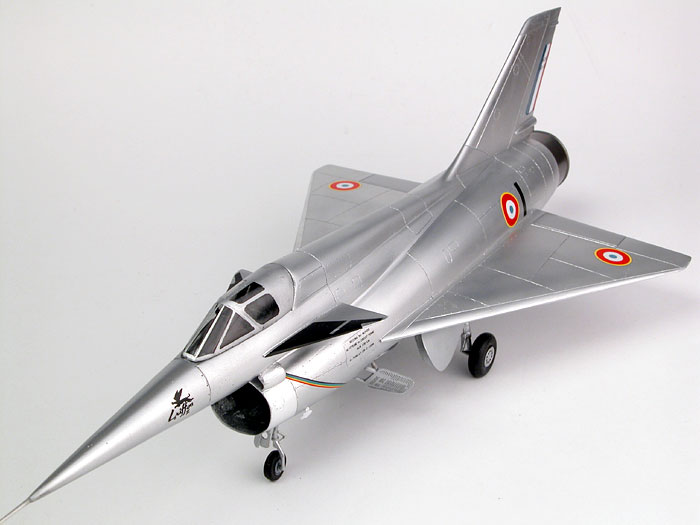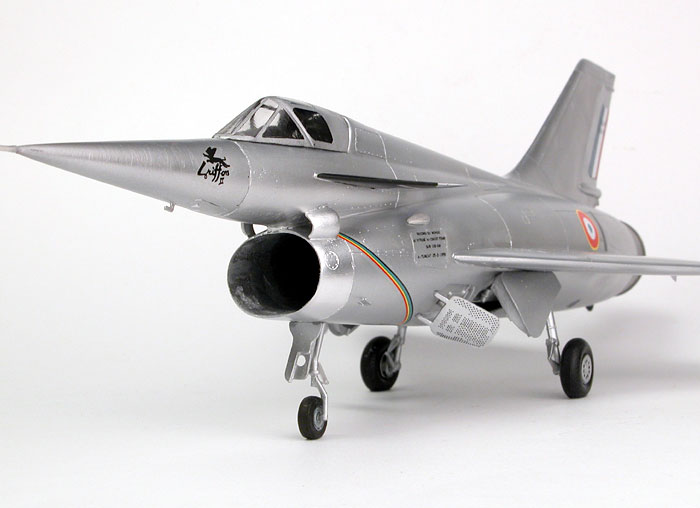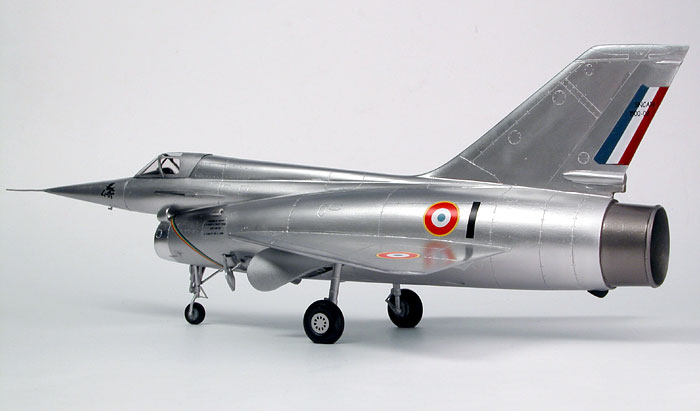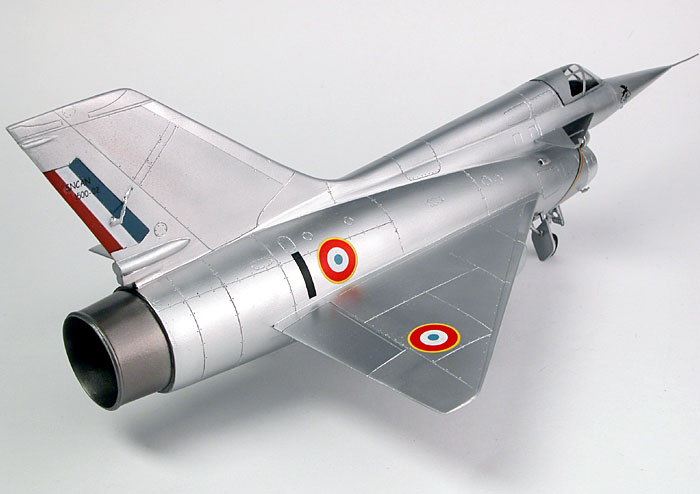|
Nord Griffon II
by Mick Evans
|

|
|
Nord Griffon II |
images by Brett Green

Fonderie
Miniature's 1/48 Nord Griffon II is available online from Squadron.com
Fonderie
Miniature's 1/48 Scale Griffon in the Box
|
Fonderie Miniature’s 1/48 scale kit of the Griffon
II is quite a nice follow on from their release in 1/72 scale over 12
months ago. The kit contains 19 injection moulded plastic parts, 9 resin
parts, 18 white metal parts, 2 vacuum formed clear parts, and 24 etched
metal parts. The etched metal fret has been enlarged from the 1/72
scale kit and therefore about 50% of the parts are redundant as the seat
and undercarriage legs are moulded in white metal and have all the
etched details moulded on. The plastic parts are the usual soft grey
plastic with lots of moulding flash. On the positive side, the parts are
easily cleaned up and fit together very well.

The resin parts are crisply moulded in a very hard
chalky resin. The 1/48 scale kit has resin moulded wheel wells with
some very nice detail a huge improvement on the 1/72 scale kit. There
is also more detail in the cockpit, separate speed brakes, and nice
resin wheels that were not present in the 1/72 scale kit. The metal
legs have far more detail as well and look the part compared to the
photos at the French Aeronautical Museum. A big plus is the addition of
a separate resin nose, this was integrally moulded in plastic on the
1/72 scale kit and would have been hard to replicate in 1/48. It also
prevents the kit being a tail sitter, although I did add some extra
weight.
My main criticisms are of the clear canopy and
ejection seat. I feel that the ejection seat would have bean easier to
cast in resin than white metal and seems a bit under-scale with
questionable detail, while the canopy is not very clear and has no mould
lines or even a template for the windscreen framing and the small
windows on the canopy. This may have something to do with fact that the
later test flights had a clear canopy and not a solid canopy with small
view windows, but nothing is mentioned on the instruction sheets. A
quick dip in Future brought some clarity to the canopy, but it took me
many hours to get the masking close, having to try to scale the masks up
from the simplistic line drawings.
Another down side was the 1/72 scale kit had a
good representation of the axial flow jet engine exterior that formed
the core of the ramjet engine, the 1/48 kit just has a front and rear
bulkhead with the compressor and jet pipe represented on each
respectively.

If you wish to model the speed brakes closed it
would be best to remove the bays from the fuselage and make the speed
brakes from plastic card to match the cut outs. The bays are simply not
deep enough and the doors are not the same shape.
The only build difficulty was with the engine
bulkheads and canopy, but once these were ironed out the kit went
together very well. Time must be spent in thinning down the fuselage
in areas where components like the cockpit, wheel wells, and bulkheads
fit

Fonderie Miniature could go a long way with some improvement to the
instructions. These have always been bereft of detail and leave a lot of
interpretation to the modeller. I managed to get some good reference
from various web sites to fill in some detail on the aircraft. I can
not comment on the accuracy of panel details as there were no accurate
line drawings available, but the panel lines do look a bit overdone.
The model was finished in Alclad Polished
Aluminium over Alclad grey primer.
Fonderie Miniature is to be congratulated on
covering a rare aircraft that was the foundation for the French
experiment into engines and supersonic flight.
Thanks to
Squadron.com for the review sample.
Click the thumbnails below
to view larger images:
Model and Text Copyright © 2004 by
Mick Evans
Images Copyright © 2004 by
Brett Green
Page Created 29 January, 2004
Last Updated 17 March, 2004
Back to HyperScale
Main Page
|
Home |
What's New |
Features |
Gallery |
Reviews |
Reference |
Forum |
Search